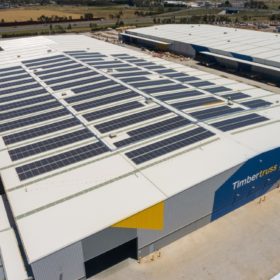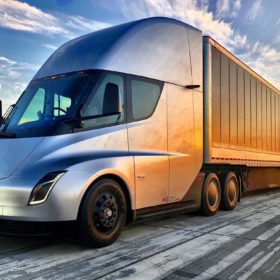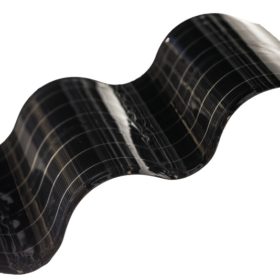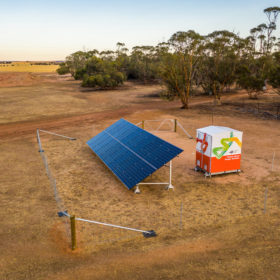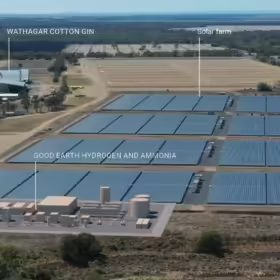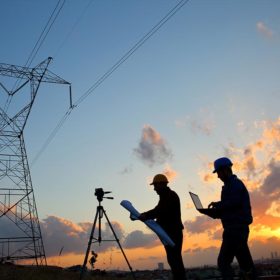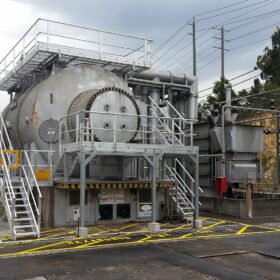Building materials company Bowens invests $1.2 million in solar and sustainability future
Victoria’s Bowens has invested $1.2 million in a large scale rooftop solar installation along with power factor correction units in order to cut its carbon emissions and promote sustainable practices in the construction sector. With new home builds and renovations surging across Australia, it is not just residential rooftops that can make an impact on the nations’ carbon footprint, but commercial rooftops as well.
Australian Trucking Association pushing for shift to electric
With the spotlight shining bright on the nation’s transport industry as the Covid pandemic causes widespread disruptions to supply chains, the Australian Trucking Association has been quick to make the most of the attention, calling for urgent reform to deliver a new era of electric trucks in Australia.
BIPV panels cover an entire building in Taiwan
The Sun Rock building is owned by Taiwan’s power utility Taipower. It was covered with 4,000 square meters of PV panels deployed by Dutch architectural firm MVRDV.
One shining week in SA: state runs for 6.5 days on renewables
For just shy of a week leading up to December 29, South Australia sourced an average of 101% of its electricity demand from renewable energy.
Three major miners jump on electric train trend
In the past fortnight, Rio Tinto, Fortescue Metals, and now BHP Group have all announced they will buy electric trains to haul iron ore across Western Australia. All three companies will purchase their electric locomotives either from Progress Rail or Wabtec, both U.S based.
Weekend read: Indium – sustainability, not supply
The supply of indium, both for layers in silicon solar cells and some thin-film PV technologies, is increasingly seen as a future potential bottleneck that solar and other industries relying on the material will have to manage. Resolving indium supply concerns may be a case of rethinking mining waste and recycling, reports Ian Morse.
World’s largest coal port flicks switch to 100% renewable energy
The world’s largest coal port is now powered by 100% renewable energy after the Port of Newcastle confirmed it had inked a deal with the Australian arm of Spanish energy group Iberdrola which will see the port’s entire operational needs powered by renewable generation.
Modelling finds building with WA company’s solar windows nearly eliminate operational emissions
Western Australian solar window company ClearVue says it has proven its products can reduce buildings’ carbon emissions by as much as 90%, qualifying the technology for the world’s most comprehensive future building standards for energy performance.
Woodside submits plan for 500MW of PV and 400MWh of battery storage in the Pilbara
Oil and gas giant Woodside Energy has submitted the proposal for its 500MW Solar Facility to the Western Australian Environmental Protection Authority. The proposal sees Woodside looking to install up to one million solar panels to help power industrial customers in the region, including its own Pluto LNG export facility.
Farmers go off-grid as 19 solar-based standalone systems installed on WA’s southern coast
Western Australia’s state-owned electricity company Horizon Power has installed 19 solar + battery standalone power systems for farmers in Esperance on the state’s southern coast.
